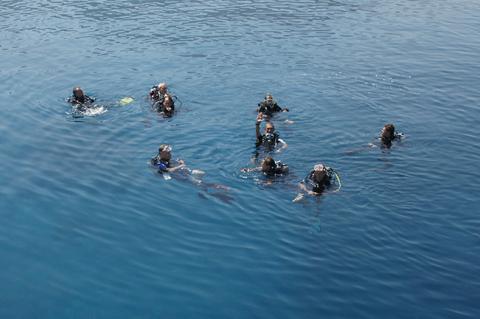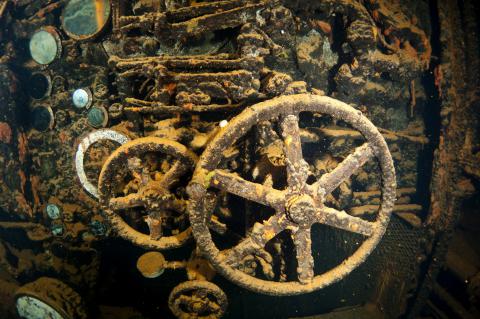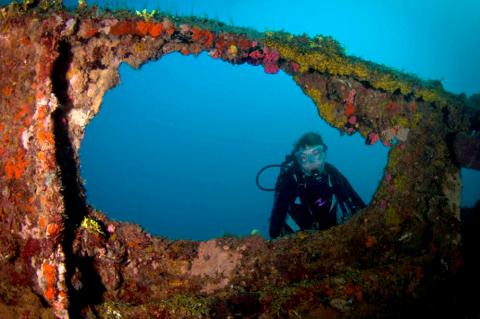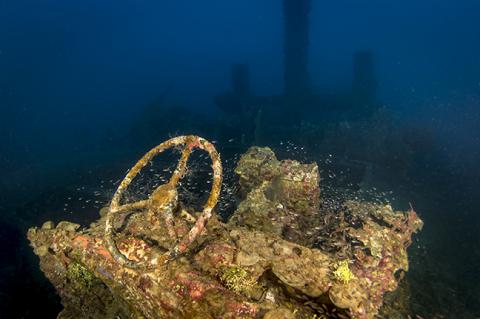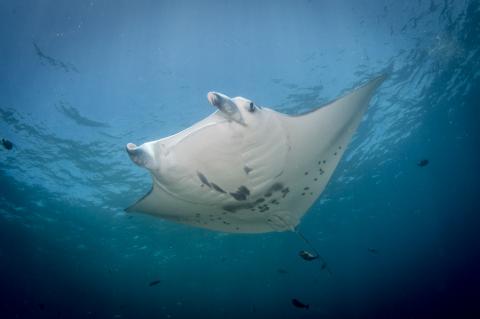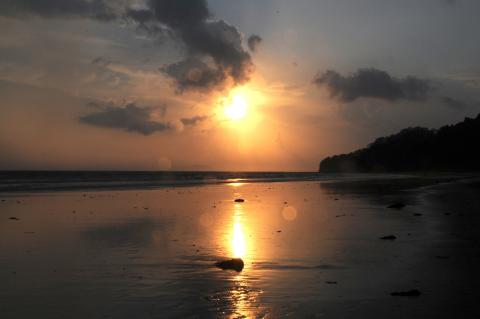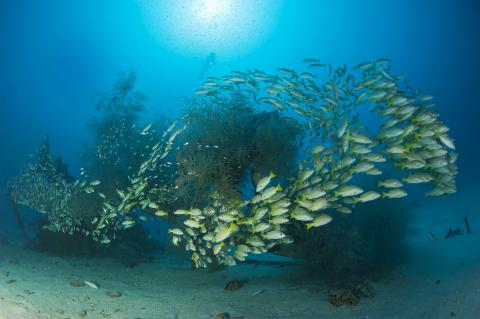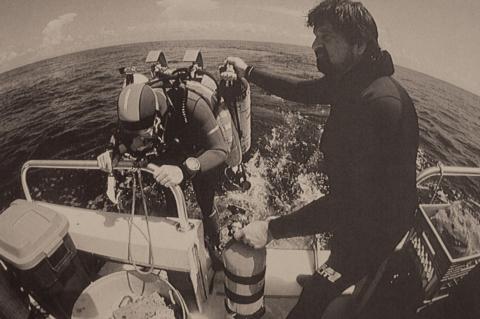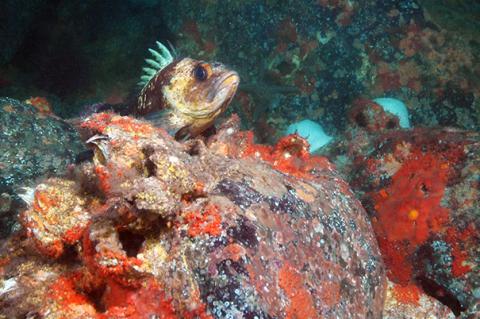Don't Always Copy the Pros
Scuba instructors and divemasters may be heroic, caring people but they don’t always make perfect role models!
Your first dive instructor is a golden god of the sea! He or she has the answers to all the questions, sees everything that goes on, is always around to offer help when you need it, and, most impressive of all, can move around underwater effortlessly like a fish while you flail around awkwardly.

